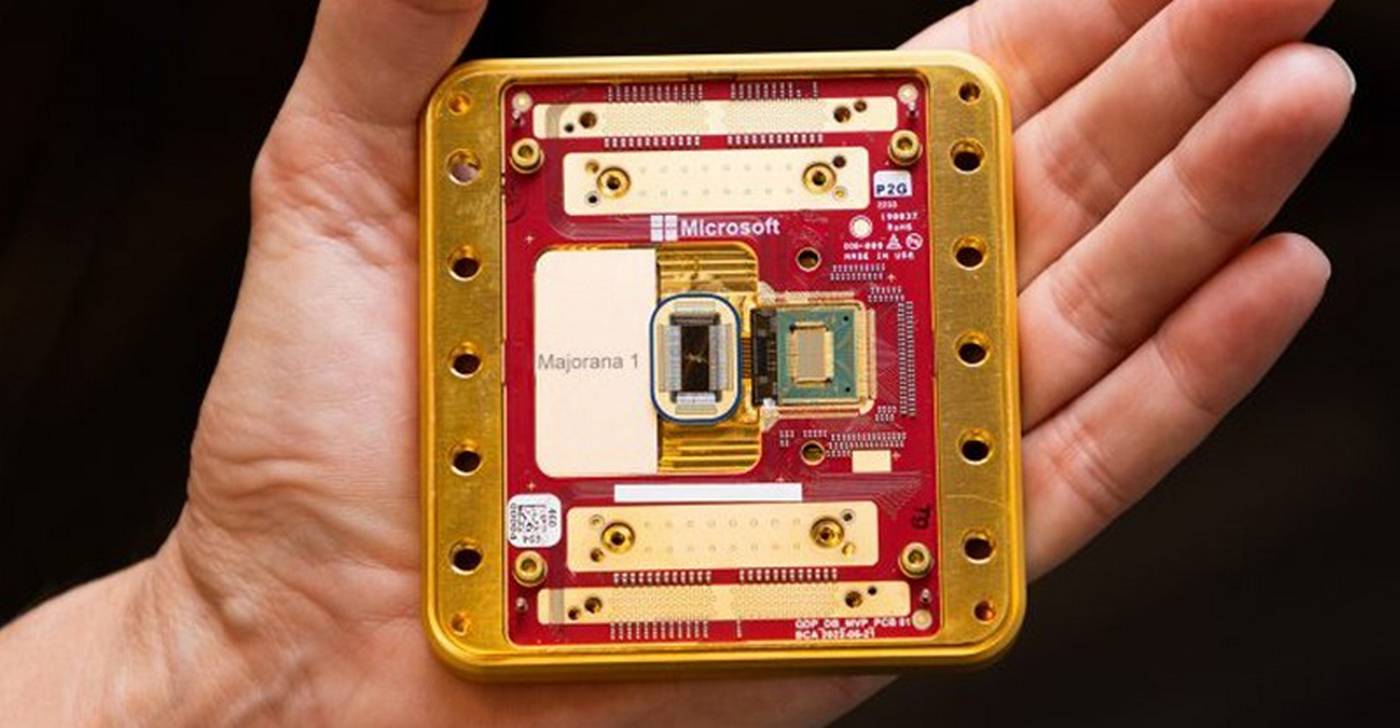In the ever-expanding landscape of quantum computing, Microsoft stands at the forefront, pioneering innovations that are set to redefine computational paradigms. The convergence of quantum mechanics and computational theory yields profound implications for various fields, from cryptography to material science. This article delves into some of Microsoft’s multifaceted quantum chip projects, highlighting the intricacies of their exploration and the broader enthusiasm surrounding them.
At the heart of Microsoft’s quantum endeavors lies the Quantum Development Kit (QDK), a toolset designed to support the development of quantum algorithms. Central to the QDK is Q#, a domain-specific programming language tailored for quantum programming. Q# facilitates the abstract representation of quantum algorithms by enabling developers to articulate operations on qubits—quantum bits that can exist in superpositions of states. This differentiation from classical bits introduces a layer of complexity and potential that fuels significant fascination within the scientific community.
Among the most notable projects is the integration of quantum chips designed for scalable quantum computing architectures. Utilizing topological qubits, this initiative represents a leap towards building a fault-tolerant quantum computer. The theoretical underpinnings of topological qubits stem from anyons, exotic particles that exist in two-dimensional spaces, whose braiding can instigate changes in the quantum state. This approach aims to mitigate decoherence, a pressing issue that has impeded the progress of traditional qubit designs. By harnessing the robustness of topological qubits, Microsoft illuminates a pathway toward practical quantum computation, which has captivated researchers and enthusiasts alike.
Another significant project within Microsoft’s quantum portfolio is the Azure Quantum platform. This cloud-based service provides users access to a variety of quantum resources. By democratizing access to quantum computing, Azure Quantum empowers users—from academic researchers to industry professionals—to experiment and develop quantum algorithms without the need for extensive hardware investments. The platform serves as a collaborative hub where various quantum algorithms can be assessed and optimized. The excitement surrounding Azure Quantum reflects a broader societal intrigue in quantum technologies, as its capabilities suggest a transition from theoretical musings to tangible applications in solving complex problems.
Microsoft’s collaboration with academic institutions further bolsters its quantum research. Joint research initiatives focus on exploring the realms of quantum algorithms, quantum machine learning, and quantum cryptography. The potential implications of these endeavors are vast; for instance, quantum machine learning could exponentially enhance data processing capabilities far beyond classical limitations. This aspect tantalizes researchers, prompting investigations into novel applications that could revolutionize industries ranging from finance to pharmaceuticals.
The Møller project is another fascinating facet of Microsoft’s quantum strategy. Named after physicist Christian Møller, this initiative investigates the interplay between quantum systems and classical environments. The crux of the Møller project lies in understanding how external influences can affect quantum states, which is pivotal for developing robust quantum technologies that can withstand real-world conditions. As the project unfolds, it deepens insights into noise resilience in quantum systems, an endeavor that sparks curiosity and generates discussions about the interdependencies of classical and quantum worlds.
Furthermore, the exploration of quantum sensors represents yet another dimension of Microsoft’s quantum initiatives. Quantum sensors leverage the principles of quantum mechanics to achieve unprecedented precision in measurements. Such advancements could inherently transform fields such as gravitational wave detection or high-resolution imaging. The potential to bridge the gap between fundamental physics and applied sciences ignites a considerable fascination within the community, as precise measurements are critical in pushing the boundaries of knowledge across various scientific disciplines.
Moreover, the recent foray into quantum internet technologies encapsulates an ambitious vision for future communication frameworks. The quantum internet aims to utilize quantum entanglement and superposition for secure data transmission, laying the groundwork for a new era of cybersecurity. This prospect breeds enthusiasm, as the implications of a quantum-secured internet may alter the very fabric of global communication infrastructures.
However, the path toward achieving functional quantum chips is fraught with challenges. The inherent fragility of qubits necessitates innovative engineering solutions to stave off decoherence and other deleterious effects. Researchers grapple with materials science and fabrication techniques, striving to create environments that can maintain stable quantum states. This complexity only heightens the mystique surrounding the advancements; the pursuit of an operable quantum computer transcends mere technological prowess—it invokes philosophical reflections on the nature of reality and computation itself.
In conclusion, Microsoft’s array of quantum chip projects encapsulates a fusion of theoretical exploration and practical application, reflecting a broader legacy of technological advancement. Each initiative—ranging from topological qubits to quantum sensors and internet technologies—serves as a microcosm of multidisciplinary collaboration and innovation. The collective outcomes of these projects not only advance the field of quantum computing but also deepen our understanding of the universe through the lens of quantum mechanics. As these endeavors evolve, they demand a reconsideration of classical precepts, opening new avenues for inquiry and innovation that resonate profoundly within both scientific and societal contexts.












